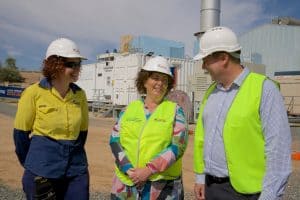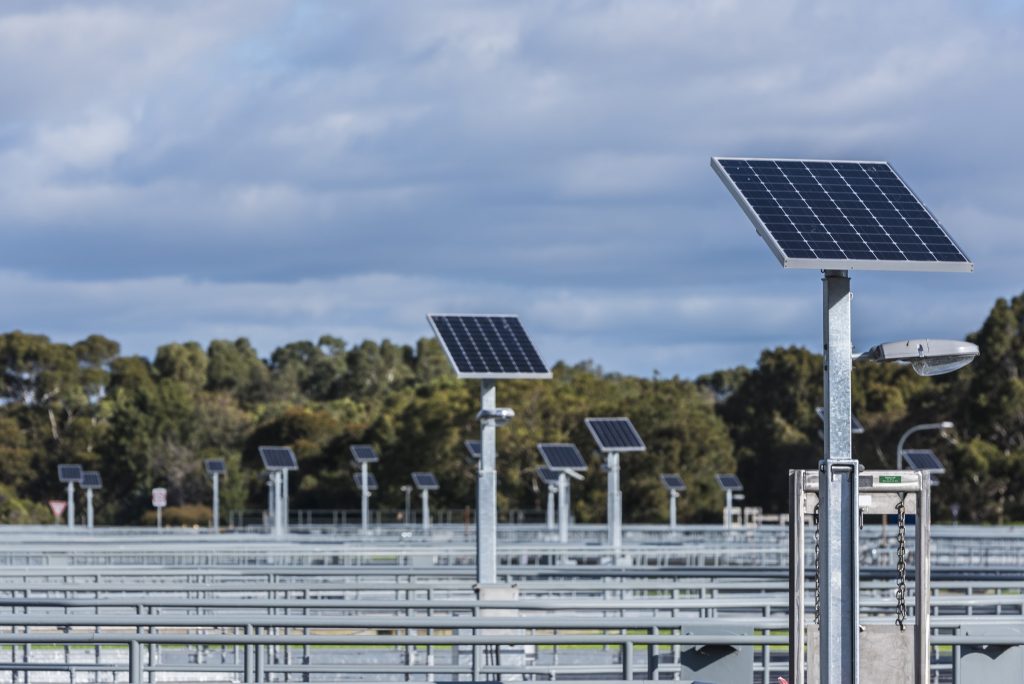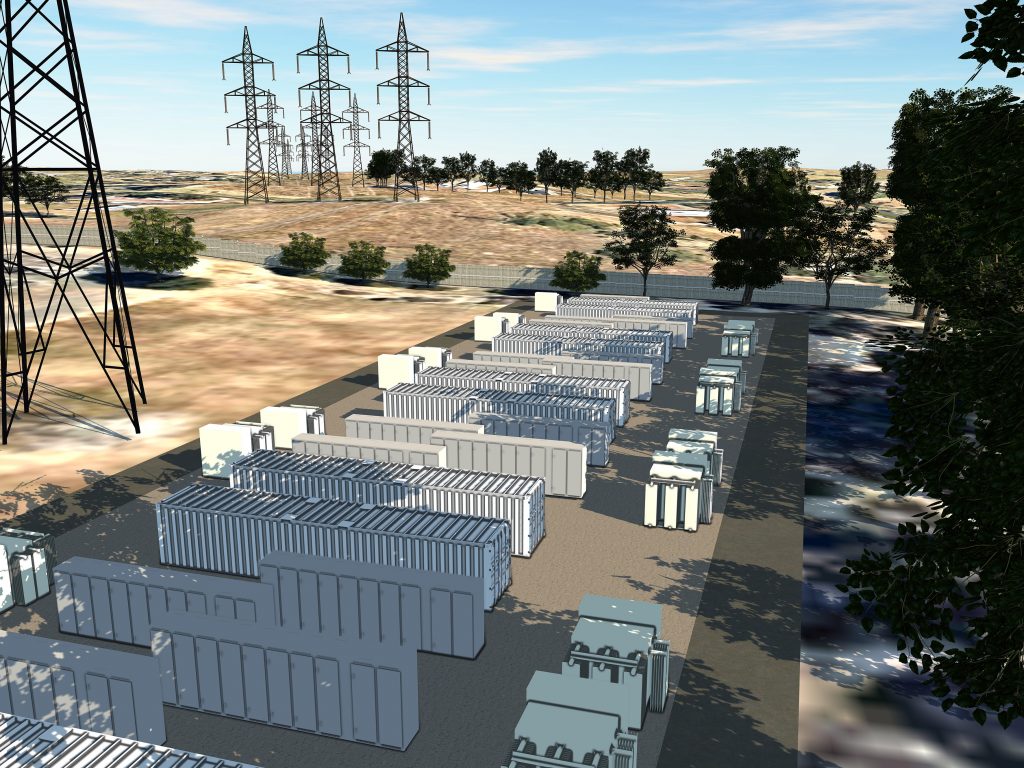Solar Homes policy – the NSW Labor party have announced a huge solar rebate they will implement if they win the upcoming state election. Let’s learn more about how many households could be helped and what the particulars of the scheme are.
Solar Homes policy

The Solar Homes policy was announced by NSW Labor leader Michael Daley on his official website this week:
“This program will take NSW to over a million solar homes. Based on current take up rates for household solar, the program could help add solar to an additional 1 million homes over the next decade.” the website states. Further reading into the document shows that 500,000 households will benefit from the solar scheme.
Under the Solar Homes policy, owner-occupied households in New South Wales are eligible for a rebate of up to $2,200, as long as their combined annual income is less than $180,000.
Deputy Leader and Shadow Environment Minister Penny Sharpe said, “Under this plan, everyone wins. Families get help with their electricity bills and we are taking real action on climate change and giving NSW a cleaner, greener future.”
NSW Labor’s Leader in the Legislative Council and Shadow Minister for Energy and Climate Change, Adam Searle said, “Solar Homes is just one aspect of Labor’s plan for cheaper and cleaner energy across NSW. Our policies will cut both electricity bills and carbon emissions. We look forward to providing more in the lead up to the election.”
If Labor do win the state election (which will be held on March 23) and the Solar Homes policy goes ahead, it will commence in the 19-20 financial year (“to ensure an orderly rollout”), and follow other states with their own initiatives:
- Solar Battery Rebates in Victoria through the Solar Homes Program
- Solar trial for low-income families in Logan, Queensland
- Darebin’s interest free solar loans (Darebin Solar Saver) program




